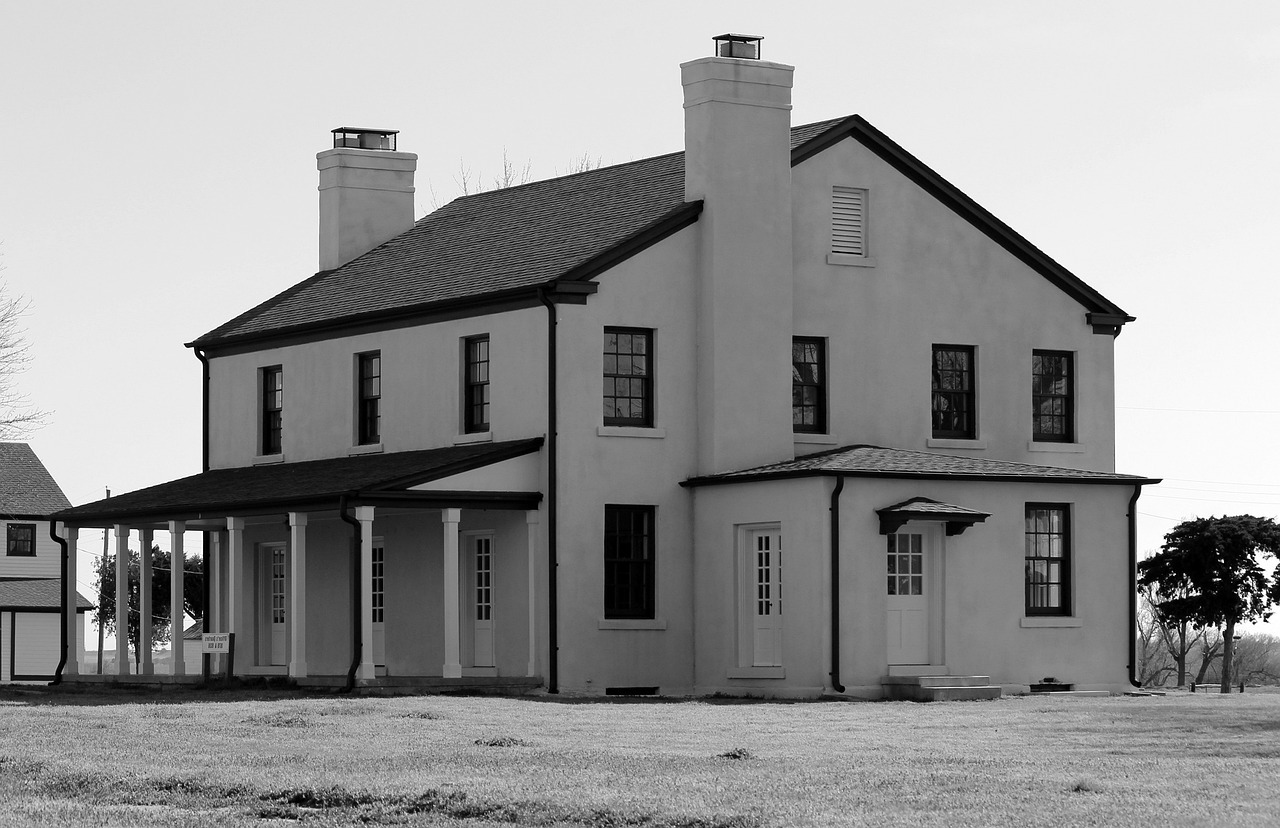Lost Trading Routes Of Oklahoma’s Fort Reno

Have you ever wondered about the lost trading routes of Oklahoma's Fort Reno? This historic site, nestled in the heart of the state, holds secrets of the past that many have yet to uncover. Established in the late 1800s, Fort Reno played a crucial role in the development of the region, serving as a military post and a hub for trade. Traders and travelers once bustled through these paths, exchanging goods and stories. Today, the remnants of these routes offer a glimpse into a bygone era, inviting history buffs and curious explorers alike to step back in time. Whether you're a local or just passing through, the trails around Fort Reno promise a journey through history, where every step tells a story of adventure and commerce. Dive into the past and see what secrets these paths still hold.
Discovering the Lost Trading Routes of Oklahoma's Fort Reno
Fort Reno, a historic military post in Oklahoma, holds secrets of ancient trading routes that once thrived in the region. These paths were vital for commerce and cultural exchange, connecting various communities. Let's uncover some of these fascinating routes and their significance.
The Chisholm Trail
The Chisholm Trail was a major route for cattle drives in the late 19th century. Cowboys herded cattle from Texas to Kansas, passing through Oklahoma. This trail played a crucial role in the economy and development of the region.
Route Origins: Named after Jesse Chisholm, a trader of Scottish-Cherokee descent, this trail began in Texas and stretched to Kansas, cutting through Oklahoma's landscape.
Economic Impact: It facilitated the movement of cattle, which was a booming industry. This route helped establish Oklahoma as a key player in the cattle trade.
Cultural Exchange: Along the trail, cowboys and Native American tribes interacted, sharing stories, goods, and traditions.
The Santa Fe Trail
The Santa Fe Trail was another significant route that passed near Fort Reno. It connected Missouri with Santa Fe, New Mexico, and was used for trade and migration.
Historical Significance: Established in the early 19th century, this trail was a commercial highway for traders and settlers heading west.
Trade Goods: Traders transported goods like cloth, knives, and tools, exchanging them for silver, furs, and mules.
Military Use: The U.S. military used this trail to move troops and supplies, making it a strategic route during conflicts.
The California Road
The California Road was a path for those seeking fortune during the Gold Rush. It led adventurers through Oklahoma on their way to California.
Gold Rush Fever: In the mid-1800s, thousands traveled this route, hoping to strike it rich in California's gold fields.
Challenges Faced: Travelers encountered harsh conditions, including rough terrain and unpredictable weather.
Legacy: This road contributed to the westward expansion and settlement of the American frontier.
The Great Osage Trail
The Great Osage Trail was used by the Osage Nation and other tribes for trade and travel long before European settlers arrived.
Indigenous Pathways: This trail was part of a network of routes used by Native American tribes for centuries.
Trade Networks: It connected various tribal communities, facilitating the exchange of goods like pottery, food, and textiles.
Preservation Efforts: Today, efforts are underway to preserve and honor these ancient pathways and their cultural significance.
The Butterfield Overland Mail Route
The Butterfield Overland Mail Route was a stagecoach service that carried mail and passengers across the country.
Communication Revolution: Established in the mid-1800s, this route was a vital communication link between the eastern and western United States.
Stagecoach Stops: Fort Reno served as a stop along this route, providing rest and supplies for travelers.
End of an Era: The advent of the telegraph and railroads eventually rendered this route obsolete, but its legacy remains.
Discoveries at Fort Reno
Fort Reno's lost trading routes offer a fascinating glimpse into the past. These paths were once bustling with traders, soldiers, and Native American tribes, each leaving their mark on the region's history. Exploring these routes reveals stories of commerce, conflict, and cooperation that shaped Oklahoma's development.
Today, visitors can walk these historic trails, imagining the vibrant exchanges that once took place. The fort itself stands as a testament to the strategic importance of these routes, serving as a military post and trading hub.
Preserving these paths and sharing their stories is vital for understanding the cultural and economic dynamics of the time. Fort Reno's trading routes are more than just paths; they are a connection to a rich and complex history that continues to intrigue and educate those who seek to learn more about Oklahoma's past.

